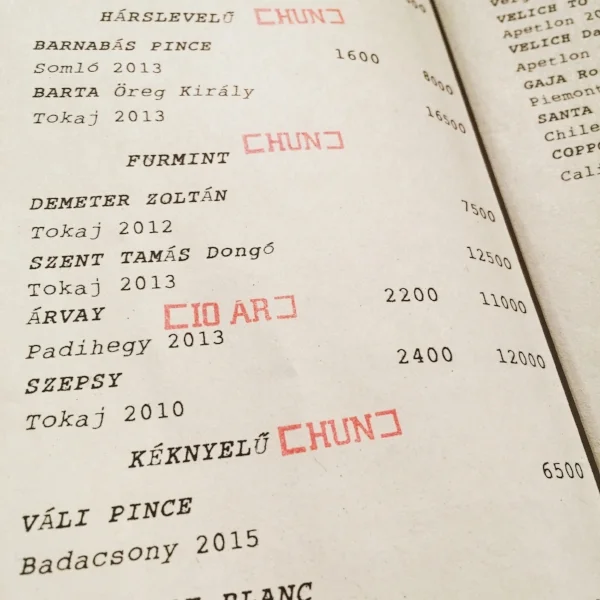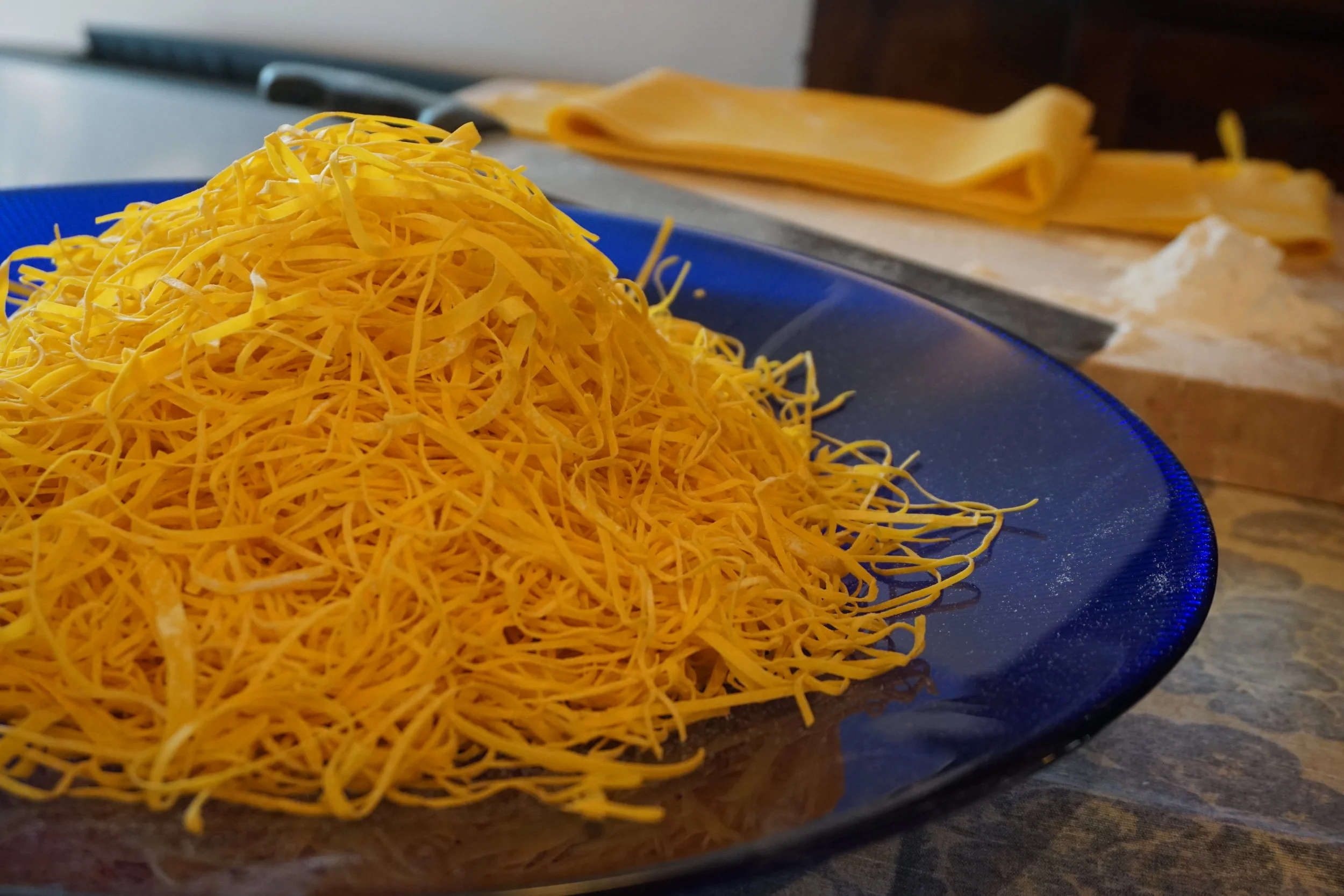Introduction to Hungarian Wine
Hungarian wine is going through a Renaissance ... maybe for its third or fourth time. Though its believed the Romans brought wine to Hungary in the 5th century, like many regions throughout the world they had to recover from the phylloxera epidemic in the late 1880s and once again from the vineyard neglect by the Communist rule through 1989.
But today Hungary feels fresh and vibrant, especially to those of us not too familiar with the region. Some basics: most Hungarian grape varietals were imported from Italy, France, Serbia, and Germany. There are 22 wine regions, with the most famous being the ancient Tokaj, famous for its dessert wines.
I decided the best way to get some early education on Hungarian wines, was to find myself a table at Innio, a happening wine bar and restaurant in Budapest for the evening. They have tons by the glass, and an impressive food line up.
The first glass was a refreshing white, whose name has earned quite the positive reputation amongst hispter oenos in London and beyond - a dry Tokaj. Because botritis doesn't impact a vineyard every year, they do vinicate the fresh Fermint grapes into a dry Tokaj. Szepsy, one of the high regarded producers, was on Innio's "more sophisticated" tasting flight. Refreshing, cold, crisp and clearly made by a winemaker who knows what they are doing. Though gratefully affordable, this is not "cheap" or mass-production wine.
The second glass, Barnabas Pince's Harslevelu from the Somla region, while still bright and twangy had a rich complex finish, making great sense for the second white in the flight, preparing you for the migration to red. I had a couple of fresh oysters with grated ginger with this and it was bliss.
One of many Hungarian foodie delights is the paprika rich Mangalica sausage, and the desire to munch on that was enough to inspire a migration to red. First up was Karner Gabor's Kekfrankos (German decenct) ... introduced as a "Syrah type grape" due to its spice, but what delights you is that from its rich velvety colour emerges a light effervescence. This is not light body like a Lambrusco - the fullness with tingle was one yummy surprise. Red currants, maybe even a finish of milk chocolate.
The moment I always wait for is the big red ... paired with Innio's lamb ravioli and the last remnants of Mangalica this is how all meals should pinnacle. The Cabernet Franc from Malatinsky 2012 is regal. I don't usually prefer Cab Franc, usually erring on extreme tannin, but this bad boy may me soled - as long as its Hungarian. Though the tannins were chalky, the rich stewed red fruit made this a full circle, perfect red.
A Hungarian wine tour would not be complete without finishing with a late harvest tokaji . Called "Late harvest" because they leave the grapes on the vine to encourage "noble rot" or botritis, the welcome fungus that enriches the sugars in the grapes, yet not allowing to spoil. Like an elderflower basket of well sunned honey, cold and sweet, this wine was born to mate with goat cheese. Well done Hungary.
Go to Innio Budapest. Eat their food. Drink their wine.












